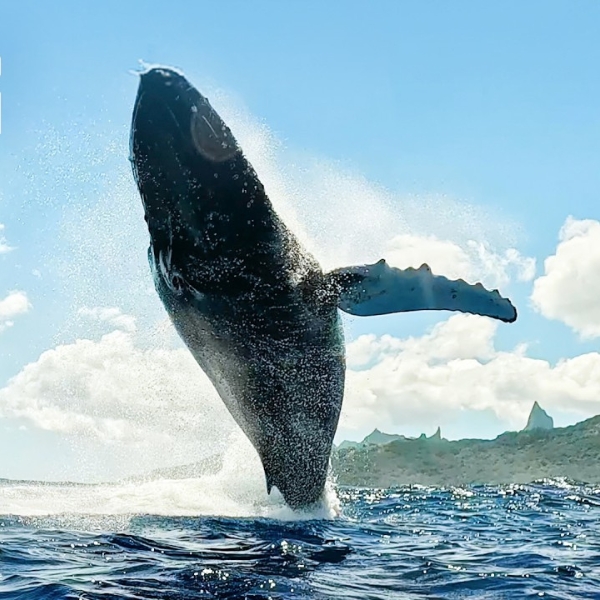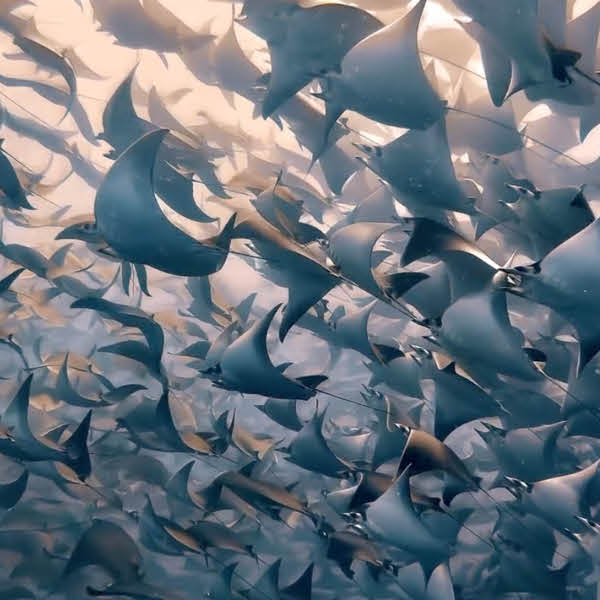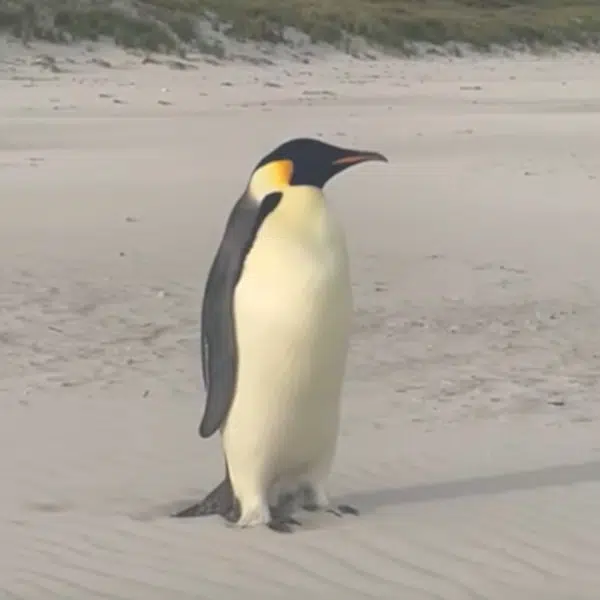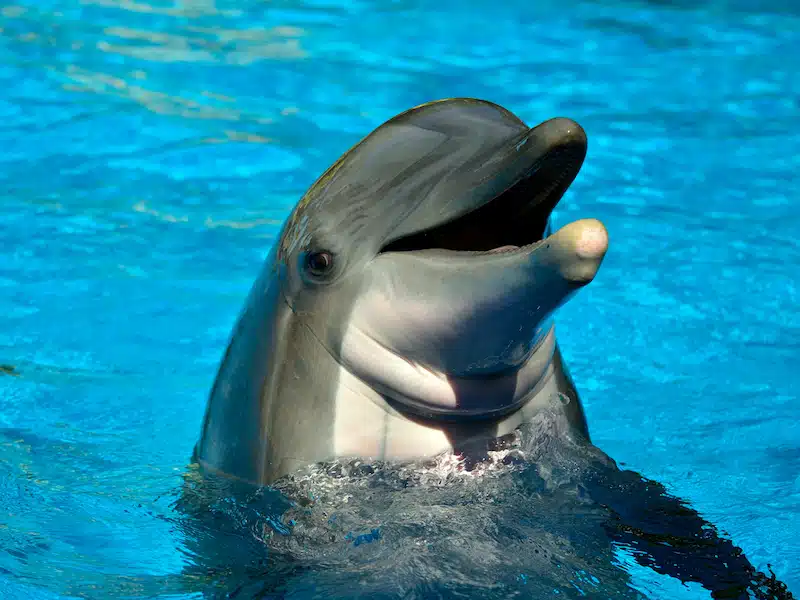
Photo: PeterEtchells/Depositphotos
Have you ever seen a photo of a dolphin grinning, almost posing for the camera? It turns out that ‘cheesy' expression isn't a coincidence.
A recent study published in iScience found that bottlenose dolphins often exhibit open-mouth expressions during playful exchanges. When one dolphin observes another making this “smile,” it often mimics it—a behavior known as rapid facial mimicry.
Researchers from Italy and France studied the behaviors of 11 dolphins at Zoomarine Rome and another 11 at Planète Sauvage in western France during varying interactions, like when they played with each other, interacted with human trainers, and spent time alone.
By isolating these different interactions, researchers found that dolphins were most inclined to show their open-mouth expressions while playing with each other. Ninety-two percent (92%) of instances when this expression occurred were during play with other dolphins rather than with humans or alone.
Building on these observations, the researchers hypothesized that dolphins use open-mouth expressions to communicate. During their study, they noted that when one dolphin displayed this expression within the view of a playmate, the other dolphin mimicked it about one-third of the time. This led the scientists to propose that dolphins use open-mouth expressions to signal playfulness, helping prevent their actions from being misinterpreted as aggression and escalating into a real fight.
Bottlenose dolphins are known for their playfulness at all ages. However, this behavior should not be mistaken for actual smiling, as similar expressions appear in various contexts. Nevertheless, this “smiling” expression was observed primarily during playtime, suggesting a playful association. It was notably absent during aggressive interactions or more relaxed activities, such as parallel or upside-down swimming.
While studies emphasize dolphins' use of language in complex social behaviors, this study is the first of its kind to investigate this form of visual communication in marine animals. However, prior research has shown that other mammals, such as humans, primates, and horses, use the same open-mouth expressions to communicate while playing. Researchers attribute this trend across species to a modified biting action without physical contact.
While the researchers focused on the role of physical signals in dolphin communication, they did not examine vocal communication during play. This area remains a potential topic for future research, offering a more well-rounded understanding of the species' communication system.
“Dolphins have developed one of the most intricate vocal systems in the animal world, but sound can also expose them to predators or eavesdroppers,” said one of the authors of the study, Livio Favaro, a zoologist at the University of Turin. “When dolphins play together, a mix of whistling and visual cues helps them cooperate and achieve goals, a strategy particularly useful during social play when they're less on guard for predators.”
Dolphins are fascinating creatures renowned for their human-like intelligence and personalities, almost like the primates of the ocean. As research continues to allow scientists to understand these animals, future studies may reveal even more impressive insights about them.
A recent study found that bottlenose dolphins display open-mouth “smiles” during playful interactions.

Photo: Nicosbs/Depositphotos
Scientists hypothesize that these expressions, which other dolphins often mimic, signal playfulness and help prevent misunderstandings such as aggression.
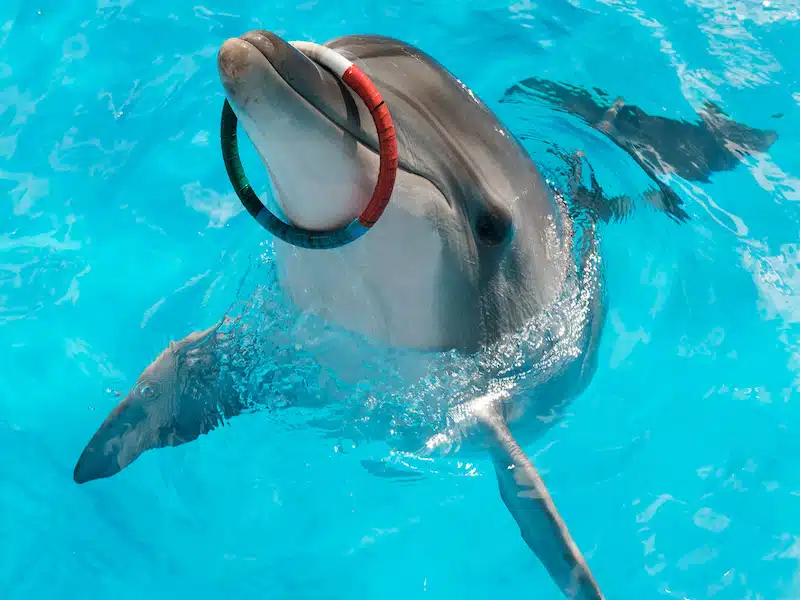
Photo: skvalval/Depositphotos
This study is the first of its kind for marine mammals, although a similar trend of “smiling” to indicate playfulness has been observed in humans, primates, and horses.
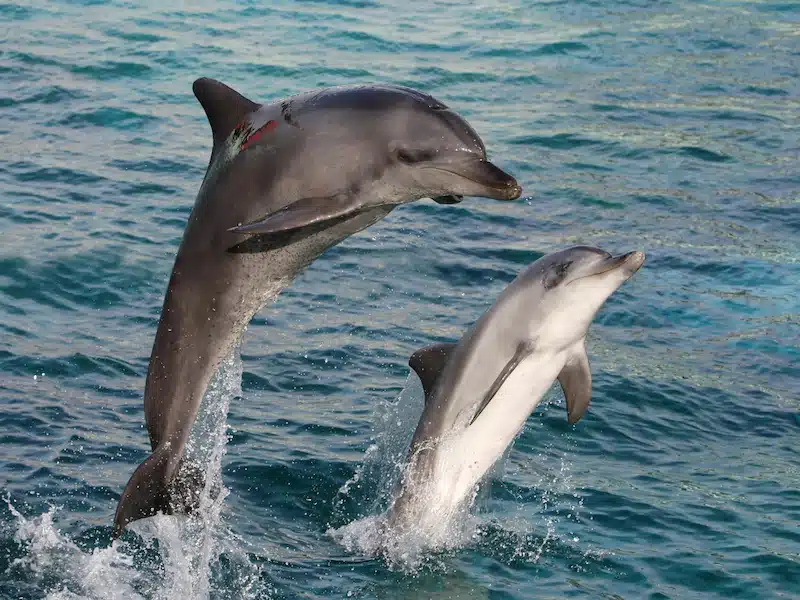
Photo: fouroaks/Depositphotos
h/t: [ScienceAlert]
Related Articles:
16-Million-Year-Old Skull of Extinct Species of Giant Dolphin Discovered in Peru
Watch a Group of Dolphins Swimming in Bioluminescent Waters off the Coast of California
Dolphins Bring Gifts to Humans After Missing Them During the Early Pandemic











































































